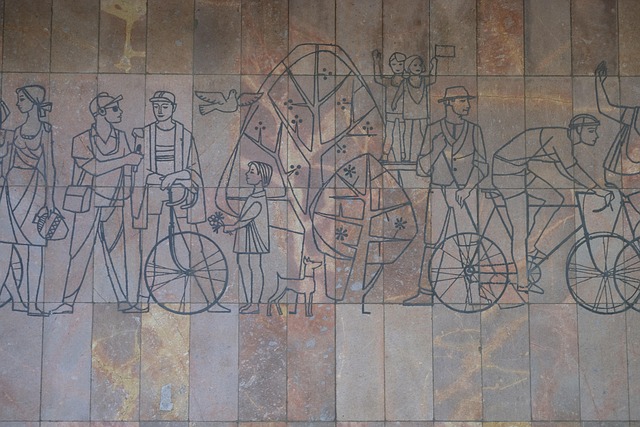The world is a tapestry of images, each telling a unique story. But how often do we pause to consider the lens through which those stories are presented? In the realm of photography, the camera serves as both a tool and a weapon—capable of capturing truth or distorting reality with the click of a shutter. This duality is at the heart of propaganda, where visual media can be manipulated to convey messages that resonate deeply, yet deceive profoundly.
When we think of a photograph, we often romanticize the idea of candid moments frozen in time. However, hidden within this deceptively simple act of capturing a scene is a complex interplay of optics and intention. The choice of camera settings, the framing of the shot, and even the angle from which a photo is taken can dramatically alter its message. A seemingly innocent image can be engineered to evoke fear or euphoria, stirring the emotions of its viewers and shaping public perception.
The manipulation of images is not a newfound phenomenon. Throughout history, propaganda has wielded the power of photography to incite change, push agendas, and ultimately sway the masses. During significant historical upheavals, the use of impactful visuals has been integral to rallying support or stifling dissent. Consider the iconic photographs from wartime eras—images of valor and sacrifice that have the power to inspire, while others serve to demonize the enemy. These snapshots often become etched in collective memory, shaping how we view our past.
Furthermore, the optics of a camera are instrumental in this process. Different lenses can manipulate depth of field, emphasize certain elements, and obscure others. A wide-angle lens may make a scene feel expansive and adventurous, evoking a sense of freedom, whereas a telephoto lens can compress distances, creating a feeling of intimacy or even claustrophobia. Photographers wield these tools with the precise knowledge that every choice can influence the viewer’s emotional response, guiding them toward a specific interpretation of the scene.
In the digital age, the power of propaganda through photography has only amplified. With just a few clicks, images can be edited, filtered, and reshaped to fit a narrative that aligns with a political agenda, a corporate brand, or a social movement. Social media has become a battleground where images circulate rapidly, often devoid of context and stripped of authenticity. Here lies an invitation for us—both as creators and consumers of content—to engage critically with the images we encounter, questioning their origin and the motivations behind their presentation.
As photographers, we bear a responsibility not only to capture reality but to consider the implications of what we choose to depict and how we portray it. Are we contributing to the truth or falling prey to manipulation? The optics we choose can either serve the agenda of misinformation or empower us to tell honest stories that resonate with authenticity. The lens through which we view the world reflects our values, beliefs, and biases, reminding us that every click is an opportunity to challenge or reinforce the prevailing narrative.
Ultimately, the power of propaganda lies not solely in its ability to deceive but also in its potential to enlighten. By understanding the mechanisms of photography and the psychological impact of images, we can strive to use this art form to foster dialogue, provoke thought, and inspire change. The camera becomes a powerful ally in this endeavor—allowing us to bear witness to reality while also holding the potential to reshape it. Through conscious choices in our photography, we can work toward a world where images tell stories rooted in truth rather than manipulation, empowering individuals and communities alike.



